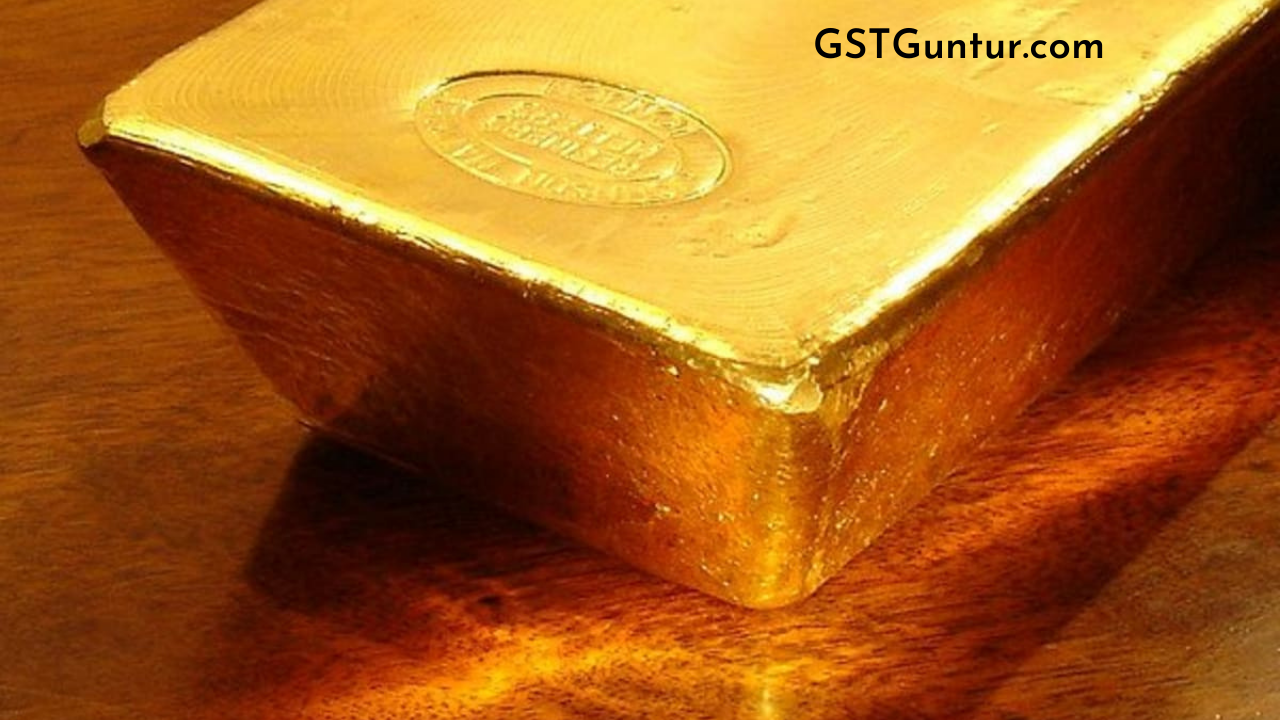Understanding Gold Purity, Colour, Hallmark: For Indians, gold is something more than just being a commodity; it is a part of their culture and heritage. India is considered to be the largest consumer of gold even though most of its population is under the poverty line. Many Indians are still unaware of some facts related to gold that one needs to take into consideration while planning to purchase gold. Through this article, we will try to clear some of these doubts by explaining gold purity, different colours of gold and hallmarking of gold.
Karat
The gold content is measured in terms of Karat (‘k’ or ‘kt’). Many people get confused and cannot distinguish between carat and Karat. Carat is related to diamonds and is measured in terms of weight. At the same time, Karat is related to gold and is measured in terms of percentage. Carat is spelled with a C, whereas Karat is spelled with a k.
Hallmark
A hallmark sign on the jewellery indicates that the gold content on the jewellery has been checked and verified; thus, one can take that the gold quality claimed by the jeweller to be genuine. The Hallmark or the standard mark in jewellery is awarded by the Bureau of Indian Standards (BIS). BIS is responsible for embossing the logo of the Hallmark along with the fineness number, hallmarking centre mark, jeweller’s identification mark and the year of marketing which is denoted by a code letter that the BIS decides.
Purity of Gold or Karat
The gold content in jewellery is measured in terms of Karat. When a bar of gold is 100% pure, then it is referred to as 24k. When people say 24k gold jewellery, it means that all the 24 parts of the jewellery are pure gold, and there is no added metal to it. Some say that 24 k gold means 99.9 percent pure gold.
When a piece of jewellery is made with gold along with some other metals such as silver, copper or nickel, then the gold percentage of the jewellery decreases automatically. This type of jewellery is considered 22k gold jewellery, which means 22 parts of this jewellery are pure gold, whereas the other two parts comprise some ordinary metal.
Similarly, 18k gold jewellery is also not pure because only 18 parts of the jewellery are pure gold, and the rest 6 parts are not. This same theory goes with 14k gold also. This is how the purity of gold is measured by the consumers who are interested in purchasing them.
When the percentage of pure gold decreases and the metal content increases in jewellery, the strength of the jewellery increases; this means 14k gold jewellery is stronger than 18k gold jewellery. Additionally, when the percentage of gold decreases, the price of the jewellery also decreases; thus, 14k gold is cheaper than 18k gold.
| 24k gold equals 100% pure gold. | Too soft for jewellery. |
| 22k gold equals 91.3% pure gold. | This is very popular in certain parts of the world, such as India. |
| 18k gold equals 75% pure gold. | This type of gold has a good balance of strength and value. |
| 14k gold equals 58.3% pure gold. | This type of gold is durable and valuable for money. |
| 12k gold equals 50% pure gold. | These are not used for jewellery. |
| 10k gold equals 41.7% pure gold. | They have the lowest gold content, which can be legally marked as gold in the United States. |
Colour of Gold
When the gold is in its purest form, it looks yellow. Even when the gold is alloyed with nickel or silver in order to make 14k or 18k gold, it still maintains the yellowish colour. The richness of the gold colour depends on the percentage of gold available; 18k gold has a richer gold colour than 14k gold. But there are some metals that have the capability of changing the colour of gold when they are added to it, such as when copper is added to gold, the gold turns red. Let’s discuss various colours that can be seen in gold:
- White gold is considered to be an alloy of gold and at least one white metal such as nickel, manganese or palladium.
- Rose, red and pink gold is considered to be an alloy of gold and copper. Higher the percentage of copper, the stronger the red colouration. An alloy having a rose gold colour is 75% gold and 25% copper.
- Green gold is considered to be a mixture of gold and silver. In this alloy, there is no copper. The actual colour of this alloy is greenish-yellow.
- Grey gold alloy can be created by adding silver, manganese and copper in a specific amount to the gold.

Classification of Coloured Gold
Coloured golds can be classified into three groups:-
- Au-Ag-Cu system – Colour variations such as yellow, green and red can be obtained by mixing different ratios of gold(Au) with a silver(Au) and copper(Cu). This is why this system of producing coloured gold is termed as Au-Ag-Cu system.
- Intermetallic compounds – These compounds are used for producing blue and purple coloured golds. These are basically brittle but can sometimes be used as gems and inlays.
- Surface Oxide Layer – These are golds that are black in colour.
Hallmarking of Gold
A hallmark is meant for indicating that the gold content of jewellery has been checked and verified and that the gold adheres to the international standards of purity. So one can take the quality of the gold claimed by the jeweller as genuine. This mark is given by the Bureau of Indian Standards (BIS). BIS Hallmark consists of five parts:
- The first part is the logo of the BIS standard mark.
- The second part is the fineness mark. This refers to the gold caratage and is meant to be represented as the amount of gold in parts out of 1000. For example, if a mark says 916 them, it means that the gold content of the metal is around 91.6%.
- The third part is the mark of the assaying centre, which is responsible for carrying out the certification process. This is represented by a logo. One can find a list of hallmarking centres with their symbols on the BIS website.
- The fourth part is the logo that is assigned to the jeweller.
- The final part is the year of making, which is represented by a code that got decided by the BIS. For example, A denotes the year 2000, B denotes the year 2001 and so on.
Features of Hallmark Gold
A jeweller can obtain a license from the BIS by making the payment of a certain fee. After acquiring the license, they are allowed to hallmark their jewellery with the BIS logo. Some other features are:
- At every outlet, there should be an illustrator who can explain the components of Hallmark.
- A magnifying glass is required to check the Hallmark because it too small to be visible to the naked eyes.
- One can check the purity of a hallmark gold at the assaying centre if he/she still have some doubts regarding the purity. The centre will charge certain money for the services they provide, but if they found that the claim of the purchaser is true and the gold is not pure, then the service fee will be refunded. The jeweller will also be directed to replace the jewellery as soon as possible.
- BIS is responsible for maintaining market surveillance on the jewellers who have been given the hallmark license. They collect gold from these certified jewellers and verify it on a random basis. Deviations in the degree of purity in gold can lead to the cancellation of the license.
